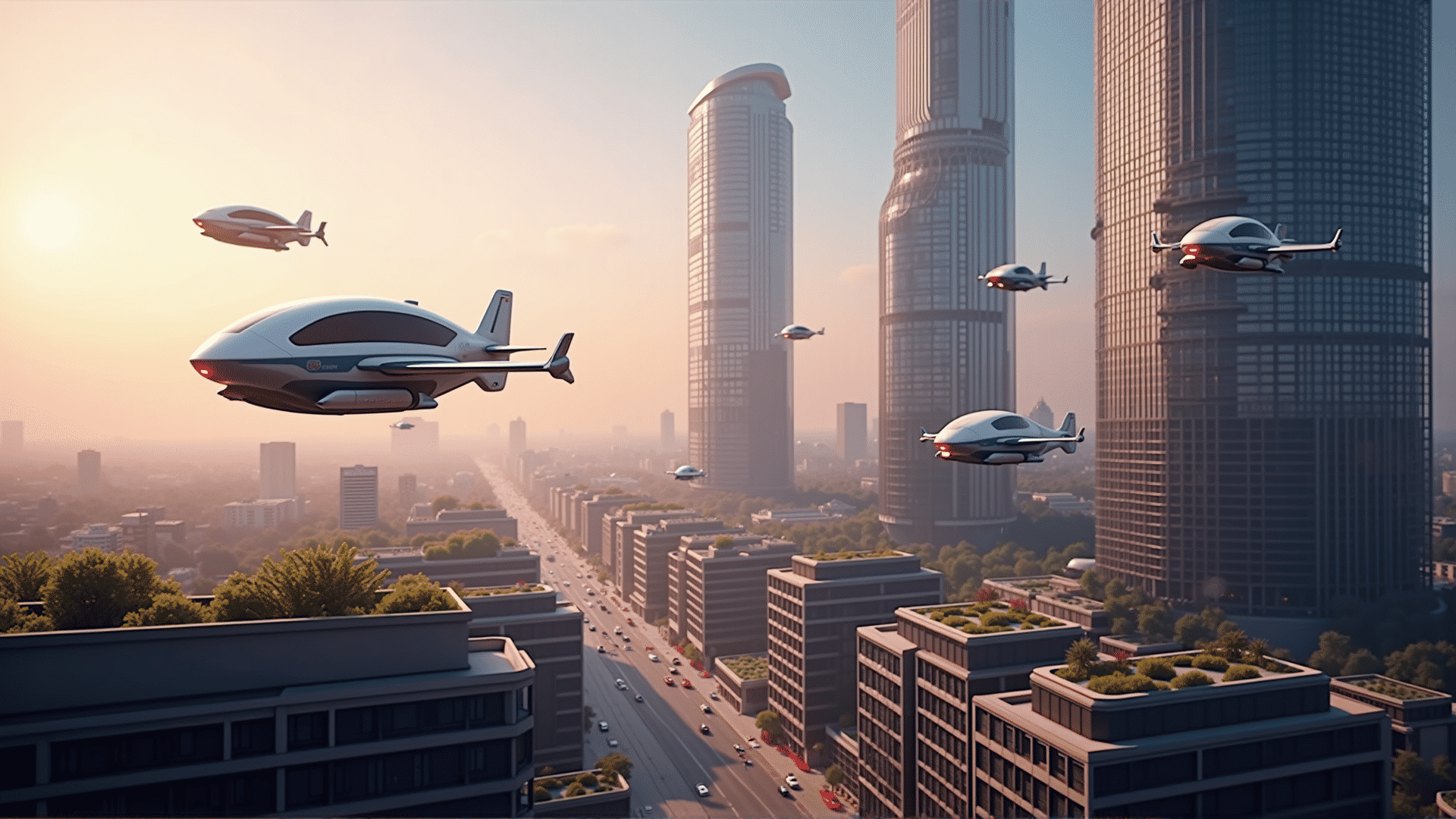Urban air mobility (UAM) is set to revolutionize the way we perceive and interact with urban landscapes. As cities around the globe grapple with increasing congestion, pollution, and the demands of a growing population, the introduction of air-based transit systems promises a transformative shift in urban transportation. With advancements in technology and sustainability becoming the forefront of design, the future of urban commuting is inching closer to the skies, charting a new course for mobility solutions.
Foremost in this transformation is the development of electric vertical takeoff and landing (eVTOL) aircraft. These innovative vehicles are designed to operate in dense urban environments with minimal noise and emissions, making them an ideal solution for addressing the challenges of modern city transit. The vertical takeoff and landing capability allows these aircraft to operate from short runways or helipads, reducing the need for extensive infrastructure. As battery technology improves, these electric-powered vehicles have the potential to offer cost-effective, efficient, and environmentally-friendly alternatives to traditional ground transport.
Key stakeholders in this sector, including aviation companies, technology firms, and urban planners, are collaborating to create an ecosystem in which urban air mobility can thrive. Investments are being directed towards research and development to refine the technology, enhance safety features, and ensure compliance with regulatory standards. Cities are exploring how to integrate vertiports—designated landing and takeoff areas—into existing infrastructure, balancing technical feasibility with urban design.
Moreover, urban air mobility is being championed as a critical component of sustainable urban transit. By reducing reliance on fossil fuel-powered vehicles, UAM has the potential to significantly lower greenhouse gas emissions. Furthermore, its introduction could ease ground congestion, improving the quality of life in urban areas. For instance, by converting what would have been hours-long car commutes into minutes-long flights, air mobility can offer residents more time, reduce stress levels, and enhance productivity.
While the promise of urban air mobility is tantalizing, challenges remain. Safety and regulatory frameworks must be rigorously developed and enforced to ensure air traffic operates smoothly and securely above cityscapes. Privacy concerns related to air vehicles operating at relatively low altitudes must also be addressed. Additionally, there is a need for community engagement to address any public apprehensions and to ensure equitable access to this new mode of transit.
Leading the charge in this futuristic transition are initiatives and pilot programs undertaken by visionary companies and municipalities worldwide. From Dubai’s plans to integrate drone taxis into their public transport network to Los Angeles’ exploration of urban air mobility as a solution to its traffic woes, the momentum is building globally. These endeavors underscore a commitment to harness technology for better urban living.
As these aerial solutions transition from concept to reality, they promise not only to redefine city landscapes but also to influence urban policy, planning, and the future of public transportation. Urban air mobility represents a bold leap towards cities of the future, where skies are busier, commutes are quicker, and sustainable transit solutions become the norm. As we look up, we find the skies have never held greater promise for transforming urban landscapes and improving the lives of city dwellers worldwide.
